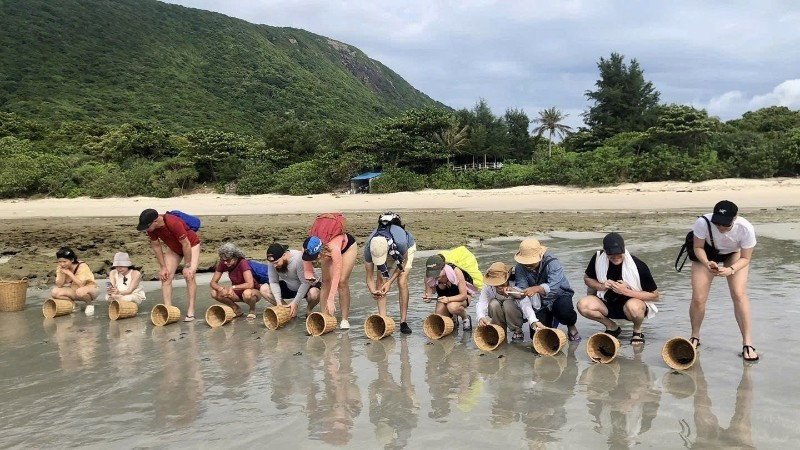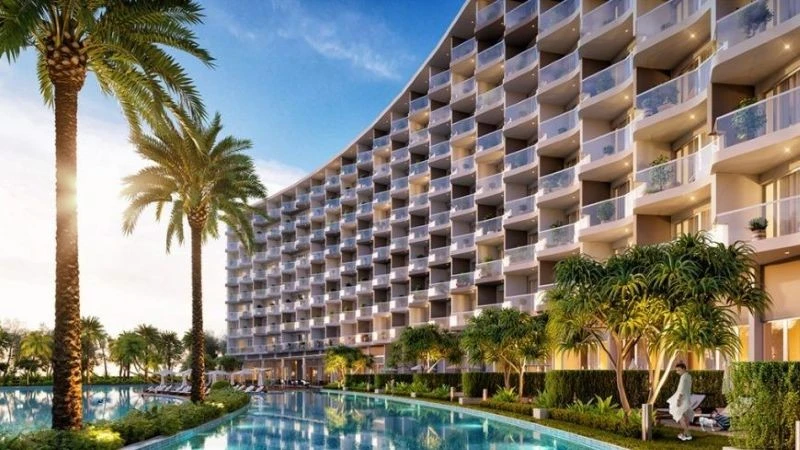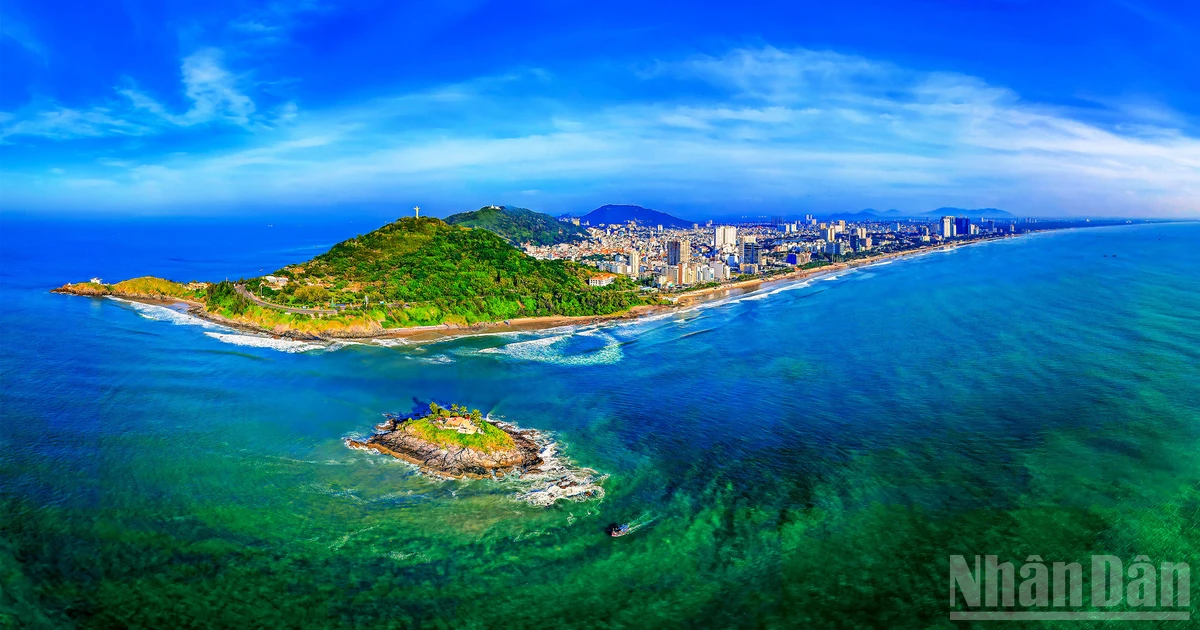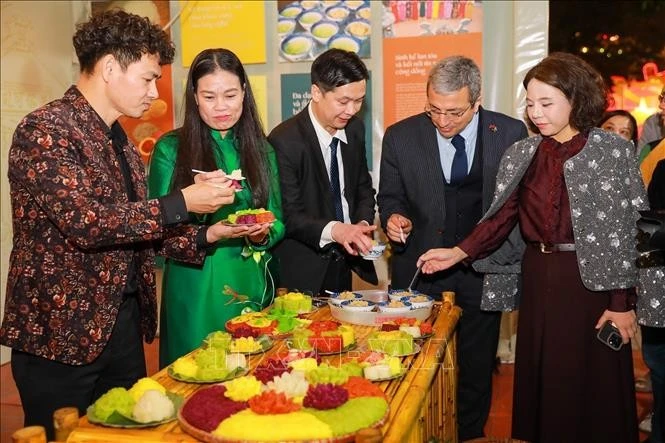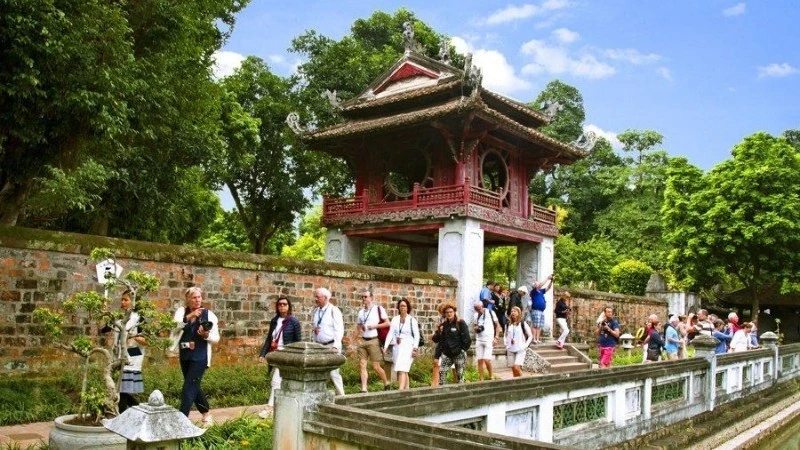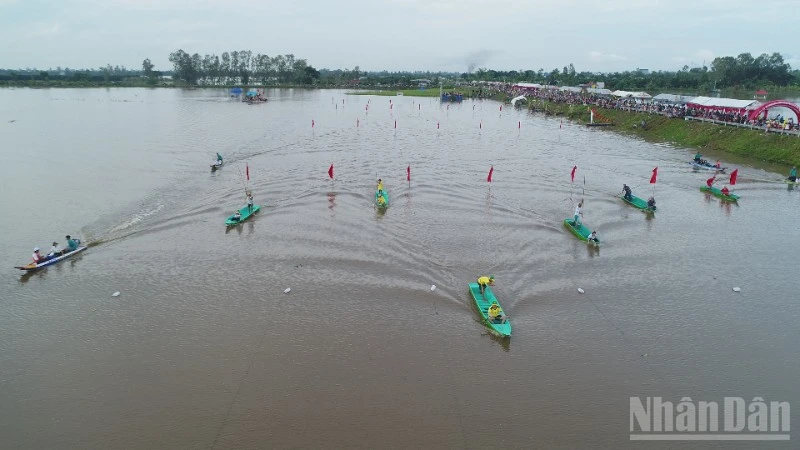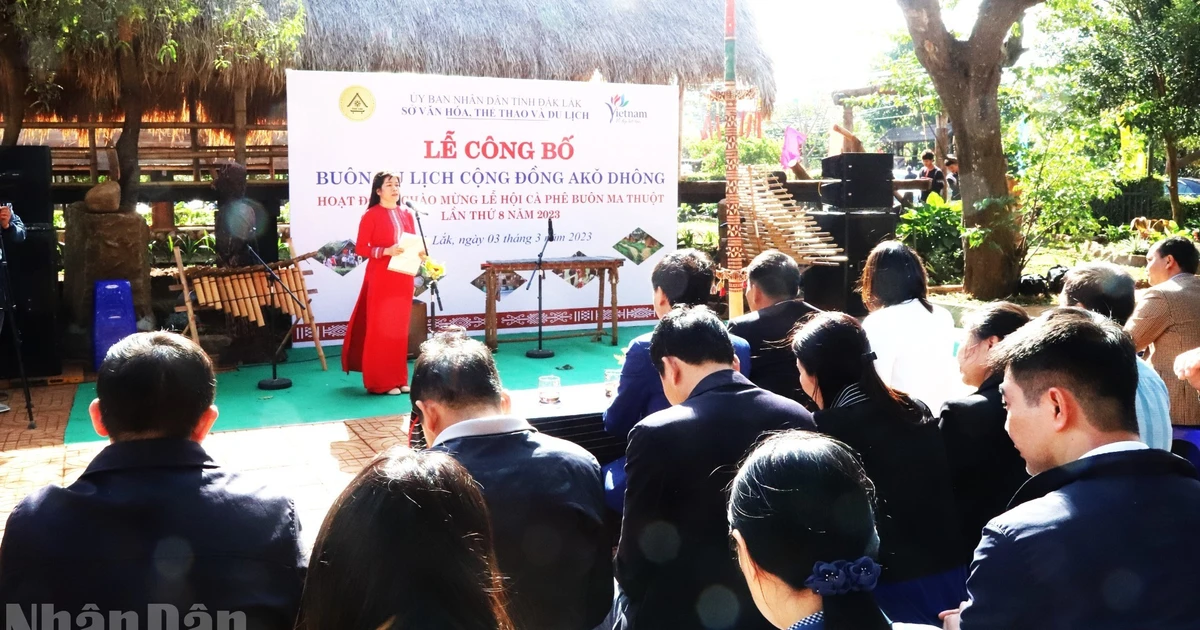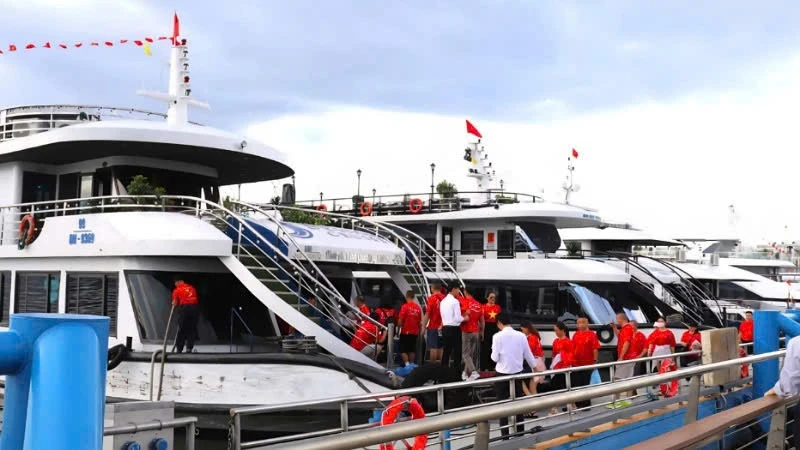Unique natural ecosystem
The IUCN has officially recognised Con Dao National Park (Ho Chi Minh City) as part of the Green List of Protected and Well-Managed Areas. This makes it the third national park and conservation area in Viet Nam to receive this prestigious “Green List” designation.
From the centre of Con Son Town, we travelled about two kilometres along Ma Thien Lanh Road to the Con Dao National Park Management Board to learn about the park’s long journey of dedication and preservation that led to this remarkable achievement.
Nguyen Khac Pho, Director of Con Dao National Park, said that located off the southeastern coast of Viet Nam and under the administrative boundary of the Con Dao Special Zone (Ho Chi Minh City), the park is tasked with conserving biodiversity, protecting the environment, regulating and storing freshwater resources, and promoting eco-tourism development.
The park covers an area of 198.83 square kilometres, comprising two main functional zones: a forest conservation area of 58.83 square kilometres and a marine conservation area of 140 square kilometres.
In 1995, the World Bank listed Con Dao National Park among the world’s important marine areas in need of protection. It is also a key site within Viet Nam’s National Biodiversity Action Plan, approved by the Prime Minister.
According to Con Dao National Park, the park currently encompasses around 14,000 hectares of wetlands, including approximately 2,113 hectares of coastal saltwater wetlands such as shallow bays at low tide, rocky and sandy shores, gravel beaches, and mangrove forest areas.
The terrestrial fauna of Con Dao has been recorded with 144 species, comprising 28 species of mammals, 69 species of birds, 39 species of reptiles, and 8 species of amphibians. Its marine ecosystem is equally rich and diverse, with 1,321 marine species identified to date, including 23 species of mangrove plants, 127 species of seaweed, 7 species of seagrass, 157 species of phytoplankton, 115 species of zooplankton, 219 species of coral, and 5 species of marine mammals and reptiles. Notably, Con Dao serves as an important nesting ground for several species of sea turtles.
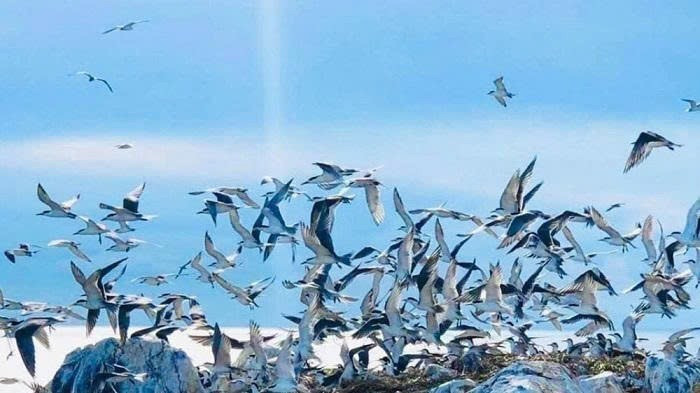
Among Con Dao’s wetland areas, its mangrove forests cover more than 30 hectares, making them one of the few remaining primary mangrove ecosystems in Viet Nam. These mangroves are scattered across different locations — though relatively small in size, they are highly diverse, with the largest cluster spanning about 5.9 hectares and the smallest around 0.5 hectare.
The coral reefs of Con Dao are also among the oldest in Viet Nam, distributed in shallow waters surrounding the islands, with a total area of approximately 1.8 hectares. These reefs boast exceptionally high biodiversity, with over 342 species, 61 genera, and 17 families recorded in the area.
Thanks to its rich biodiversity and well-preserved forest and marine resources, before being recognised on the IUCN Green List, Con Dao National Park had already achieved international acclaim. In June 2013, it was officially designated by the Ramsar Convention Secretariat as one of the world’s 2,203 Wetlands of International Importance. It became Viet Nam’s sixth Ramsar site and the first marine and island Ramsar site in the country.
Remarkably, Con Dao National Park encompasses four distinctive forest and marine ecosystems, making it one of the world’s rare natural convergence zones for marine life from both the northern and southern parts of the East Sea (South China Sea).
Researchers note that the park consists of two core conservation components — forest and marine. The forest conservation area represents a miniature version of Viet Nam’s forests, with flora typical of the country’s northern, central, and southern ecological regions. Meanwhile, the marine conservation area is considered one of the least disturbed coastal environments in the nation, showcasing classic tropical marine ecosystems with high biodiversity — a true model of Viet Nam’s marine environment. The three primary ecosystems found here are mangrove forests, seagrass meadows, and coral reefs.
Great opportunities for Con Dao’s eco-tourism
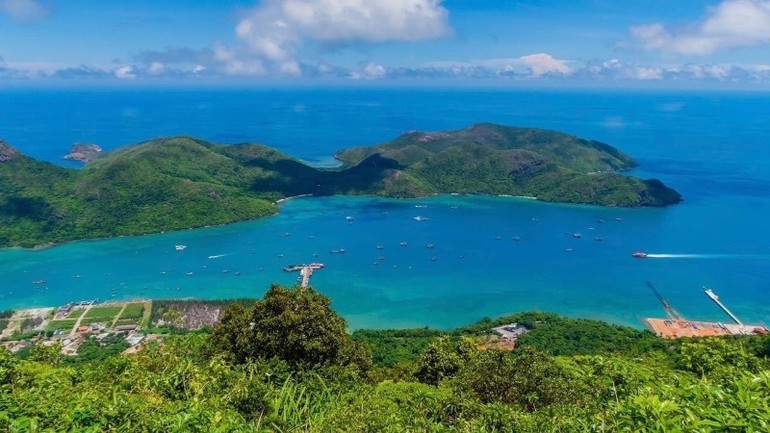
Sharing about the journey toward inclusion in the IUCN Green List, Nguyen Khac Pho, Director of Con Dao National Park, said that the park’s core mission is to conserve and restore forest, wetland, and marine ecosystems, protect species diversity, and safeguard native, endangered, and rare flora and fauna along with the island’s unique natural habitats. However, the park still faces challenges such as illegal wildlife hunting and trapping, marine plastic pollution, and climate change. To address these, the park has developed a long-term biodiversity management and conservation plan.
Accordingly, the park protects its forest and marine resources through various coordinated measures: establishing ranger stations to patrol and safeguard assigned areas; implementing rescue and recovery programmes for green sea turtle populations; conserving and monitoring coral reef, seagrass, and benthic ecosystems; and restoring hard coral reefs in areas damaged by natural events. In addition, Con Dao National Park focuses on creating sustainable livelihoods for local communities living around the park, thereby reducing the pressure of violations and promoting shared responsibility for conservation.
Pho emphasised that being recognised by the IUCN Green List of Protected and Well-Managed Areas is a global acknowledgement of Con Dao National Park’s success in nature conservation. This milestone affirms that its management and preservation efforts are conducted effectively and transparently. With its rich forest–marine ecosystems and valuable biodiversity sustainably protected, Con Dao now stands alongside many of the world’s leading conservation sites within the IUCN Green List network.
Beyond recognition, this achievement also presents a major opportunity for Con Dao to promote itself as a model destination for responsible eco-tourism. The title helps enhance the island’s international reputation, attracting environmentally conscious travellers who seek meaningful experiences while contributing to the protection of nature.
